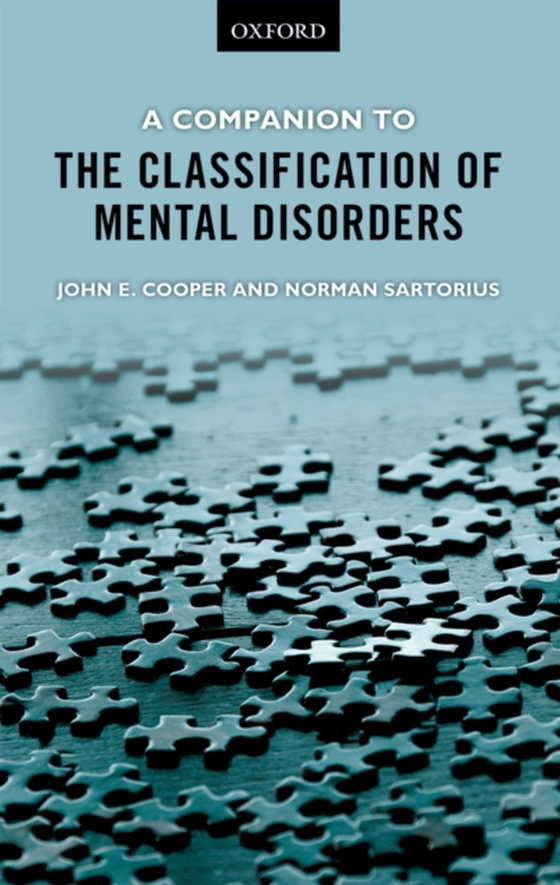
Companion to the Classification of Mental Disorders e-bog
238,03 DKK
(inkl. moms 297,54 DKK)
A Companion to the Classification of Mental Disorders provides essential reading as a background and supplement to both the recently produced DSM-5 and the forthcoming ICD-11. It focuses on the processes of classification and diagnosis, and the uses for these classifications. The book emphasises the dangers of regarding any current psychiatric classification as true or complete, in view of the ...
E-bog
238,03 DKK
Forlag
OUP Oxford
Udgivet
29 august 2013
Længde
152 sider
Genrer
Mental health services
Sprog
English
Format
epub
Beskyttelse
LCP
ISBN
9780191648298
A Companion to the Classification of Mental Disorders provides essential reading as a background and supplement to both the recently produced DSM-5 and the forthcoming ICD-11. It focuses on the processes of classification and diagnosis, and the uses for these classifications. The book emphasises the dangers of regarding any current psychiatric classification as true or complete, in view of the present partial state of knowledge about the causes andmechanisms of most mental and behavioural disorders. This book is unique in containing a number of chapters that give a brief history of the cooperative efforts and projects necessary for the production of internationally agreed psychiatric classifications. The discussion begins in 1965 with the US/UK Diagnostic study, the preparations for ICD-8 with its first international glossary, and the International Pilot Study of Schizophrenia, designed and coordinated by the World Health Organization. While recognizing the importance of the innovationsof the DSM series of classifications of the American Psychiatric Association, the book also takes a truly international perspective. The expert authors are well placed to do this, having been personally involved in many of the collaborative studies and developments discussed. A Companion to the Classification of Mental Disorders is an illustration of how much international collaborative work has been necessary over several decades to produce the currently agreed classifications. There is still a long way to go, but a start has been made.
 Dansk
Dansk

